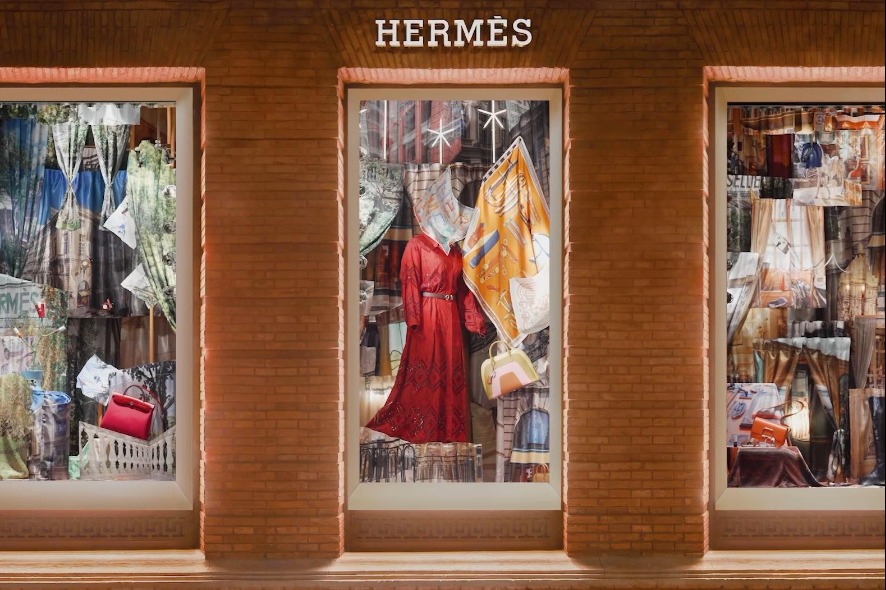Ferocious favorite


The hairtail is no beauty. This fish's sinuous body can grow more than a meter in length, and its huge wolflike head and jaws make it an efficient eating machine. It preys on krill, baby squid and other small fish, and it hunts at night in imposing schools.
This ribbon fish is pretty high up on the underwater food chain-but it reckoned without humans. Or, more precisely, the Chinese.
From north to south and east to west, the hairtail is one of the most popular fishes on the Chinese table. Sectioned, it is deep-fried and shallow sauteed, braised or red cooked.
My husband remembers it as being a special treat in his childhood when he first returned to Beijing in the late 1950s. Those were very hard years and fish, any fish, on the table was considered a little luxury.
The hairtail (Trichiurus lepturus), known to the Chinese as daiyu-or the fish that looks like a belt-was especially valued because it was a saltwater fish.
Western cooks tend to look down their noses on the hairtail, considering it a poor quality fish, but Asian cooks have no such hang-ups and it is a prominent ingredient in both Chinese and Korean cuisines.
The hairtail is caught by the school and quickly put on ice so it stays fresh for market. In the era when ice was not readily available, fishermen would salt it slightly to help keep it from spoiling.
It is a ferocious fighter and will use its fanglike teeth against nets and fishermen alike, twisting and writhing its snakelike body as it is hauled out of the water.
Fresh hairtail is an attractive electric blue when caught, but the color quickly fades to a silvery grey as it dies. It does not have prominent scales but its skin is coated with a fine, powdery glitter.
Freshly caught, the fish are laid out in rows at the fishmonger's, lengthy ribbons that resemble rather flat eels. Once, in a seafood market in Xiamen, we saw freshly caught hairtail glittering in the sun and they were an unforgettable sight.
These days, hairtails are more often than not sold flash-frozen, already processed and cut into much shorter sections.
It is a member of the cutlassfish family, with double rows of fins running down both sides. It lacks a traditional fish tail and the side fins taper to a thin thread at the tip.
The transparent side fins are attached to long, thin, comb-like bones that pierce the sides, and these have to be carefully removed before eating.
Otherwise, the hairtail has few other fine bones, unlike the slim forked bones of most Chinese freshwater fish.
For this reason, the hairtail is appreciated, and also for the sweetness of its flesh. It helps that this species of fish has always been in abundant supply in the seas around China, enough to feed the mighty masses.
Hairtail, beltfish, ribbon fish, knife fish-its English names are many, but the Chinese know it generally as daiyu, one of the few instances when the country is linguistically united.




































